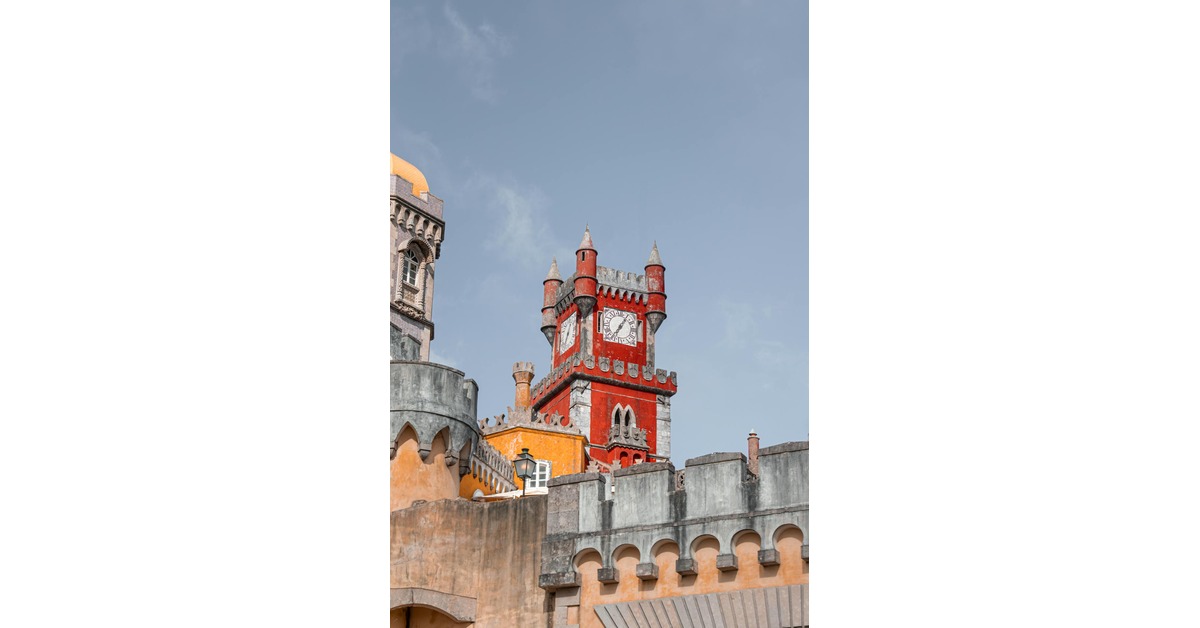Introduction
Casteò is a period regularly associated with cultural, social, and ancient contexts. It has profound implications for the lives of people and communities, shaping traditions, societal roles, and relationships. In this article, we find the origins and impact of and insights into its modern-day relevance.
What is Casteò?
Casteò categorizes human beings into distinct agencies based on hereditary and social factors. This device originated in several societies to prepare groups and hold social systems. It has several implications across one-of-a-kind regions, from social roles and monetary opportunities to network relationships.
Key Characteristics of Casteò
- Hereditary Nature: Casteò frequently follows a hereditary machine, with human beings born into a selected caste.
- Distinct Roles and Occupations: Traditionally, each caste has precise occupations or roles associated with it.
- Rigid Social Structure: It can contribute to social stratification, in which motion among castes is restricted.
Historical Background of Casteò
The concept of casteò may be traced back to historic civilizations. Although it’s related specifically to beautiful countries, caste systems or social divisions have existed globally in various paperwork. Over time, those structures have evolved, from time to time, leading to first-rate trends and vast societal demanding situations.
The Evolution of Casteò
- Ancient Era: Initially, caste systems were a way to arrange exertions and societal roles.
- Medieval Period: Casteò has become ingrained, with specific roles and privileges being exceeded down generations.
- Modern Era: Many modern societies have moved within the course of equality. However, even impacts social and cultural factors.
The Impact of Casteò on Society
Casteò has significantly affected societal shape, private identification, and relationships. Understanding its outcomes can help spotlight its historical importance and the want for inclusive societies.
Social Hierarchy and Inequality
Casteò regularly creates a social hierarchy, influencing people’s entry into assets, schooling, and possibilities.
Historically, people from better castes have held greater power and are admitted to have economic belongings.
Cultural Identity
Caste association will impact cultural practices, marriage customs, and social affiliations.
Communities regularly hold robust cultural factors within castes, essential to various traditions.
Economic Mobility
Economic possibilities are often tied to one’s caste in historical contexts, with restricted capacity for lower castes to exchange occupations.
Currently, monetary guidelines intend to bridge theintendgaps and offer equal possibilities.
Casteò in the Modern World
With growing reputation and human rights improvements, many countries have taken steps to reduce the effect on social and financial systems. Anti-discrimination felony hints education gets admission to tasks, and social reforms have aimed to stage the playing problem and offer more opportunities for all castes.
Critical Changes in Modern Times
Legal Reforms: Many international locations have outlawed caste-based total discrimination.
Educational Access: Scholarships and affirmative movement guidelines intended to provide the right of entry to acceptable schooling for decreased castes.
Economic Inclusion: Programs focused on entrepreneurship and interest introduction help beautify monetary mobility for all caste agencies.
The Future of Casteò
As societies bypass toward inclusivity and equality, the effect of may also be lower. However, it remains a crucial cultural component in many areas, and information about its ancient and social significance is essential for addressing the lingering outcomes of caste-primarily based absolute inequalities.
Challenges to Address
- Social Bias: Even with felony protections, social biases and stereotypes can persist.
- Economic Disparities: Economic inequalities regularly reflect caste divisions, affecting income and possibility.
- Cultural Sensitivity: Balancing cultural renovation with social reform can be challenging.
FAQs about Casteò
What is the beginning of casteò?
Casteò originated in historical civilizations to organize society primarily based on hereditary roles and responsibilities.
How does casteò affect social mobility?
In conventional caste systems, social mobility is constrain, with people frequently restricted to roles based totally on their caste. Modern reforms intend to remove these obstacles.
Is casteò still applicable nowadays?
While many areas have taken steps to lessen the effect of caste, it nevertheless performs a function in social identification and cultural practices in a few societies.
What are some efforts to do away with caste-primarily based discrimination?
Governments and international corporations have applied regulations to sell equality, which includes anti-discrimination criminal tips, educational programs, and monetary reforms.
Can casteò be abolished virtually?
Abolishing casteò is a complex intention, as it’s far profoundly root in cultural identities. However, decreasing discrimination and selling equality can lessen its terrible impacts.
Conclusion
Casteò has a profound historical and cultural significance that continues to shape societies nowadays. While present-day policies and social reforms aim to lessen its bad outcomes, information remains crucial to selling inclusivity and equality. As we appear in the direction of destiny, societies may also increasingly embody diversity and brotherly love, reducing caste-based variations and fostering the same opportunities for all.
